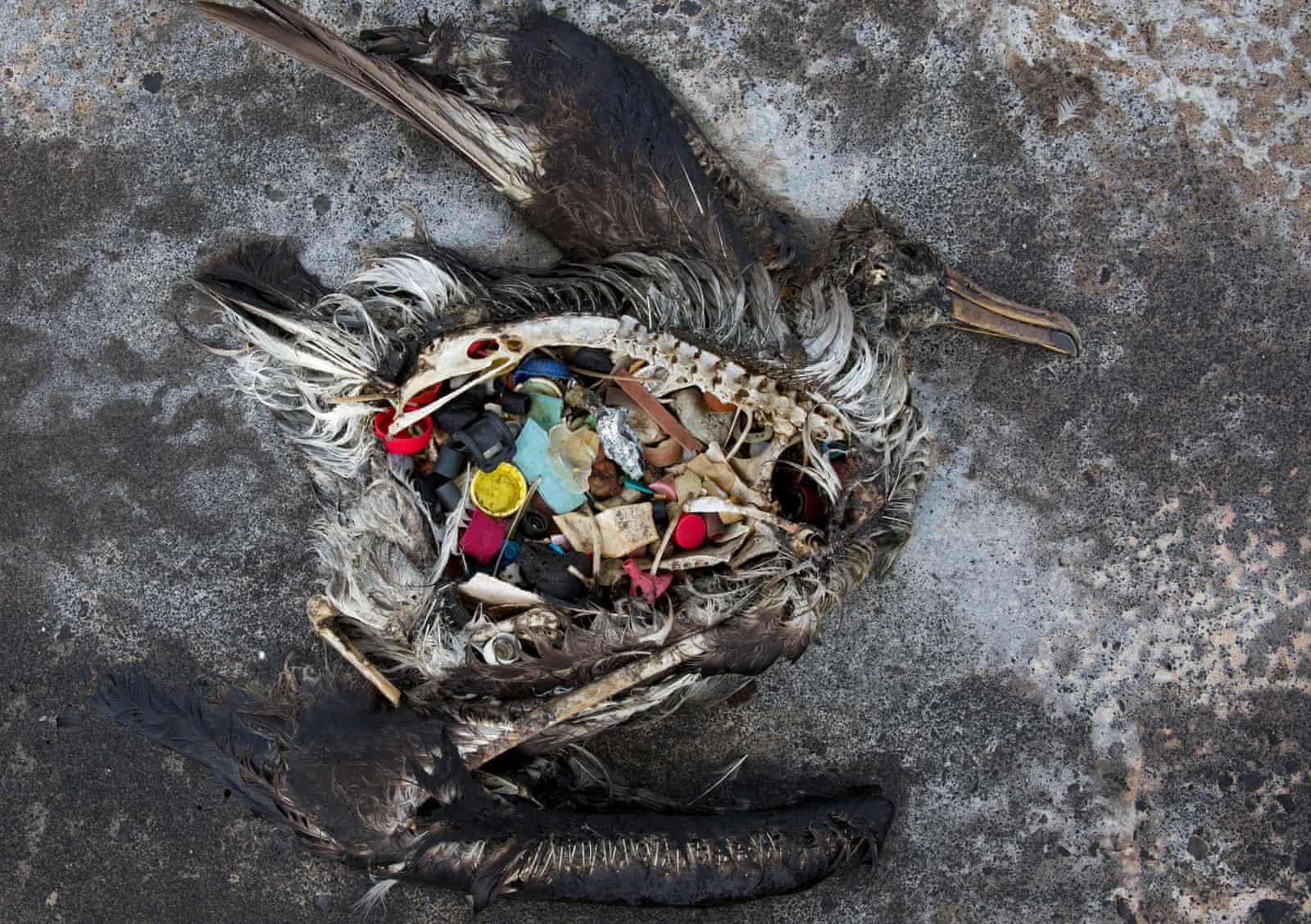Specialty grade arabica beans are typically produced via wet processing as it is said to produce a cleaner taste and brighter acidity, which improves the flavour profile of coffee. While wet processing increases the desirability factor of coffee in terms of taste, it certainly does not do the same for sustainability. In this instalment of Bean on a Journey, we explore how depulping, fermentation and washing of coffee cherries contribute to water pollution.
Coffee cherries are first depulped, and the pulps are washed away, exposing the seeds that is wrapped in a layer of mucilage. The mucilage is then gotten rid of through a long fermentation process and intensive washing.
 |
| Figure 1: Coffee cherry anatomy. Image from: https://ulinzi-conservation-coffee.com/blogs/coffee/the-coffee-cherry |
The first and major pollutant is the coffee pulps, as a series of damages occur after its introduction into a water system. According to Ratten et al., 2015, coffee pulps contain large amounts of organic matter that require high amounts of oxygen to decompose. Their "oxygen-loving" tendencies causes waters to become anaerobic, leading to fishkills and bacteria growth that threaten human and aquatic health (Ijanu et al., 2020; Ratten et al., 2015).
As a result of anaerobic water conditions, mucilage (another pollutant), which is soluble and largely made up of proteins and sugars, becomes tougher to decompose. While Tosif et al (2021) suggested the usefulness of muscilages for humans, the muscilage that get precipitated out in rivers can clog up waterways and worsen anaerobic conditions of the waters (Ratten et al., 2015).
Besides pulps and mucilages, a large amount of phosphorus have been found in coffee effluents. Coffee effluents refer to the wastewater discharged into water systems when the beans are washed. A study by Genanaw et al. (2021) found that phosphate contents in rivers near coffee processing plants be more than 5 times the amount under normal conditions. Such high amounts of phosphate encourages algae growth, which may lead to eutrophication (O'Niell et al., 2011).
Based on the pollutants released from wet processing, it seems that specialty coffees are not sustainable for the environment. However, the coffee industry does not back down from such set backs. Instead, wastewater treatment and other sustainable practices have been developed to reduce pollution during the processing phase. Next in the series, we will be exploring some mitigation strategies to manage these pollutants.


No comments:
Post a Comment